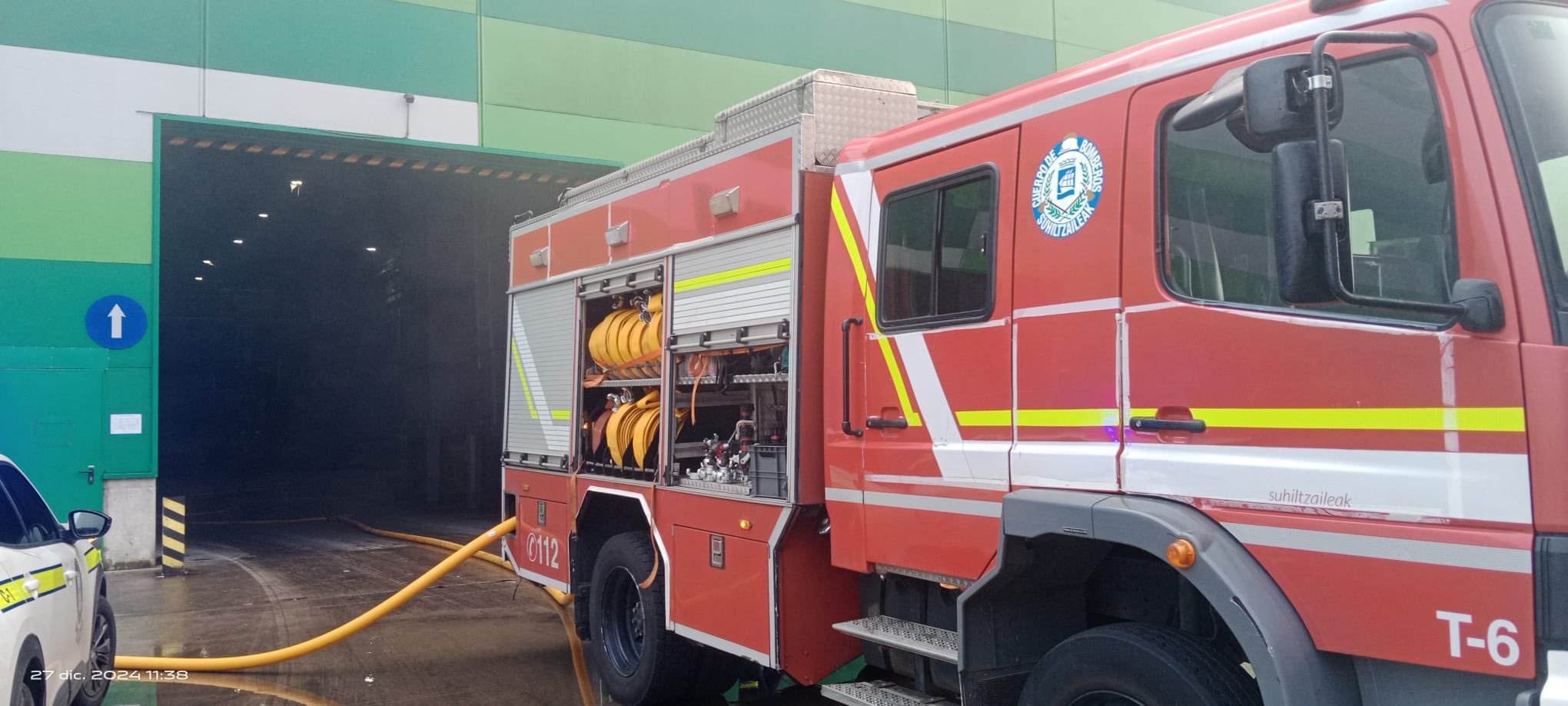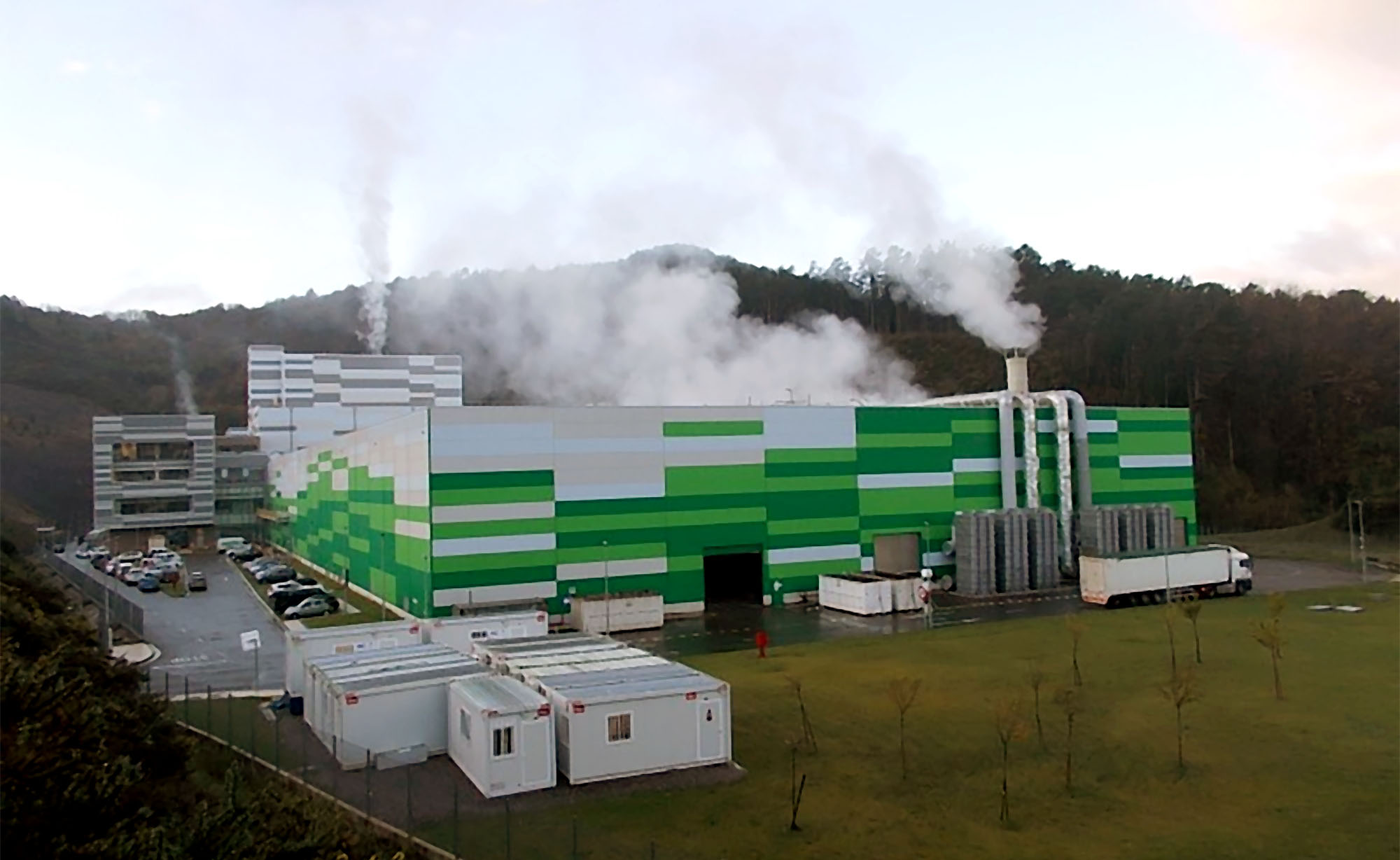SOS states that the incinerator is burning waste without generating energy
- The AnclSOS platform appeared on Wednesday morning to report a breakdown in the Zubieta incinerator. According to the platform, due to a “definitive” breakdown of the transformer, energy is not being generated while burning trash.

Ancín SOS stressed that this new problem of this key piece is “definitive”, as its manufacturer, the German company ABB associated with the Japanese Hitachi, recognizes in a report that it has no repair. They add that this is the third accident involving the processor of the Zubieta incinerator.
As explained by SOS colleague Joseba Zubialde, the last damage occurred on 25 April and was for a month until 25 May without being able to generate energy, this being the main function of the construction of the Zubieta incinerator.
Since 25 May, the incinerator, according to information from AnclSOS, has operated with a provisional infrastructure that ends in six months, i.e. in November. Thanks to this interim infrastructure, the incinerator emits six megawatts per hour to the network, which is a quarter of what it could do if it worked at full performance. What will happen when the provisional authorisation expires is not known if, as the manufacturer indicates, the transformer cannot be repaired. In this case, the incinerator would be isolated from the network and would not be able to emit the energy generated.
According to the data provided by AnclSOS, the annual forecast of 160,000 megawatts per hour reaches only 55,092.4, which represents 34.4% of the GHK forecast and 28.5% of the capacity.





















